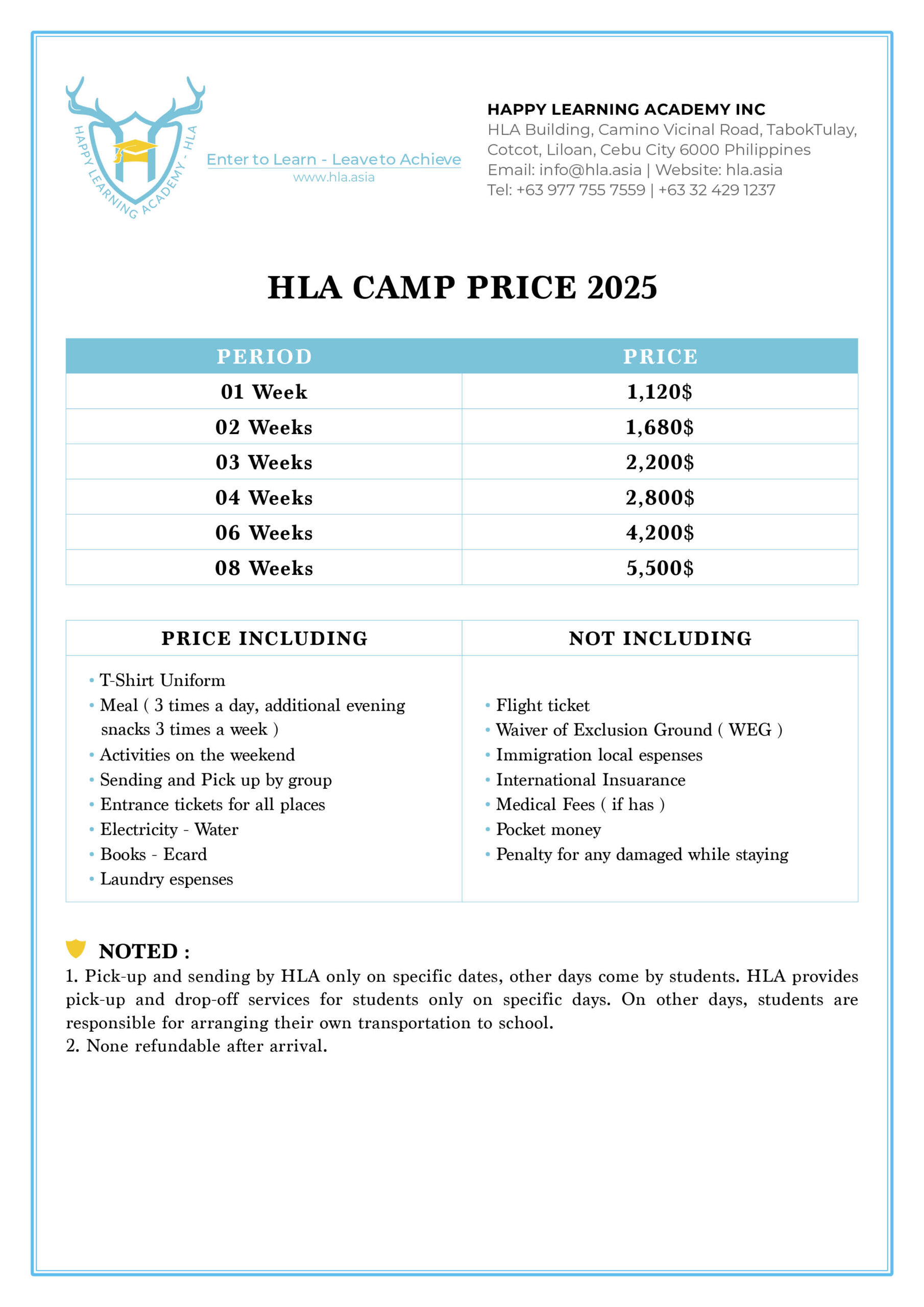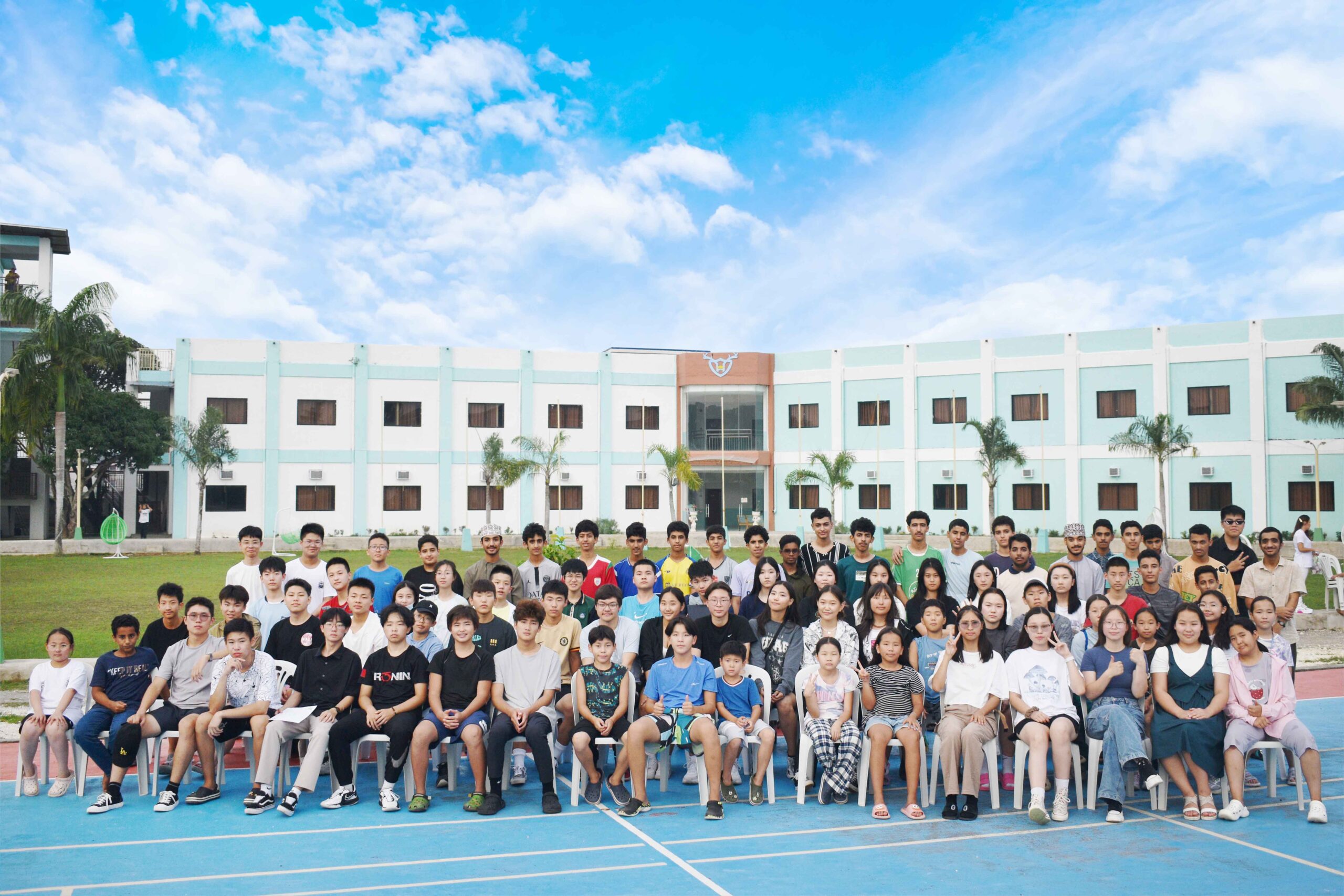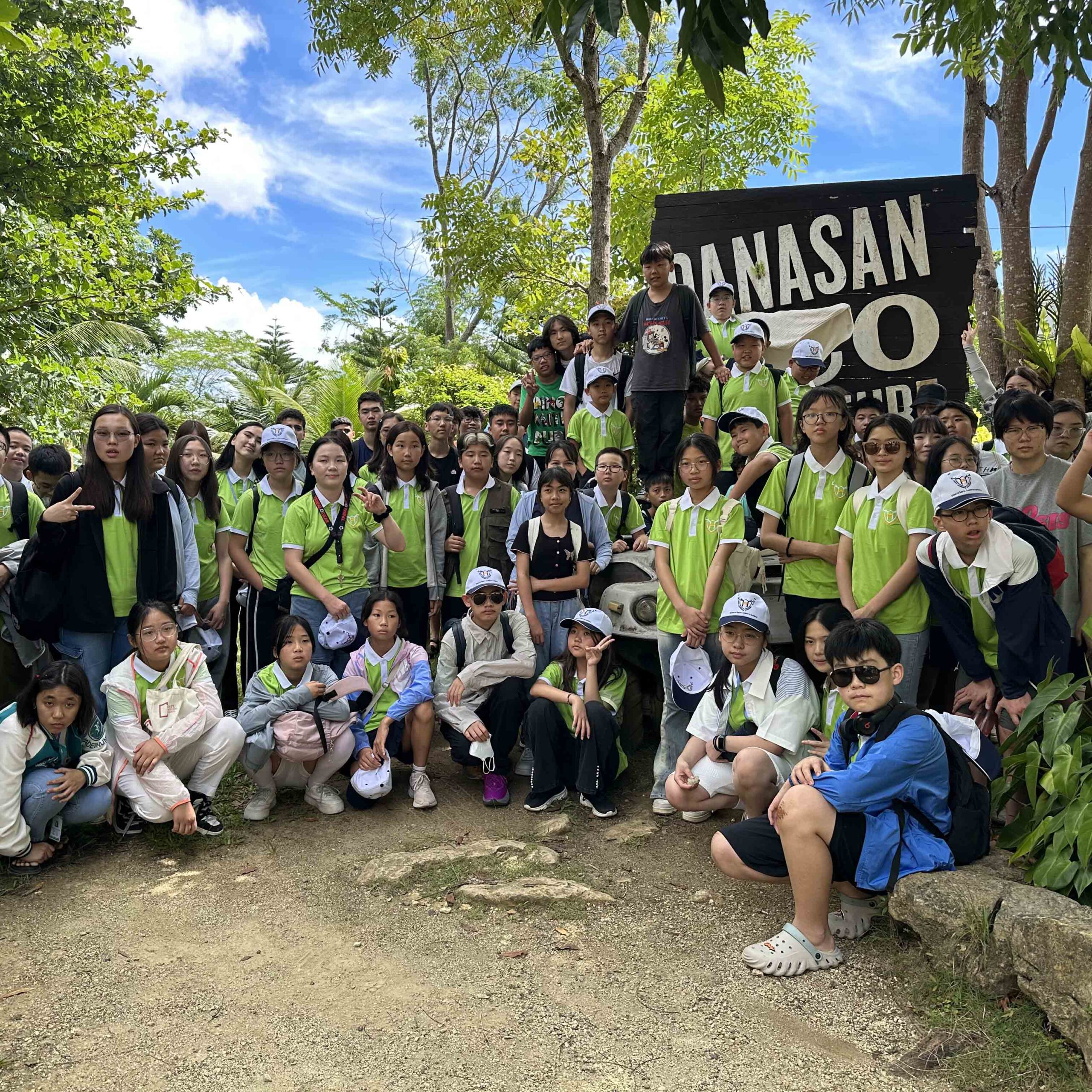A Brief Introduction to Cebu Province
Cebu Province is situated in the central Visayas region of the Philippines and consists of a primary island and 167 surrounding islands and islets. It boasts a total landmass of 5,088 square kilometers, facing the Visayan Sea in the north, the Camotes Sea in the northeast, the Mindanao Sea in the south, and Bohol Strait in the southeast. It enjoys a subtropical climate and a monthly average temperature of 22.6-33.1 degrees centigrade, on the other hand, its monthly mean rainfall stands at 132 mm with November receiving most of the rainfall. The province is rich in minerals such as gold, copper and limestone, etc…
Cebu City, the capital of the province, is a city under the direct jurisdiction of the Philippine central government, which is nicknamed “the Queen City of the Southern Philippines”, with a landmass of 340 square kilometers and a population of 800,000. The city, its neighboring city of Mandaue, and Lapulapu City on Mactan Island form the Metro Cebu with 1.9 million people. Metro Cebu is the second largest city in the country and the southern economy, trade, and banking center, with over 150 national commercial banks and 2 foreign banks. The 3 cities are connected by 2 cross-sea bridges and thus have a convenient transport system. The province has a population of 3.7 million. Cebuano is the major language spoken in Cebu Province and Tagalog is also the common language.
The major economic sectors are agriculture, fishery, industry, and tourism. The province produces corn, rice, mango, coconut, banana, and peanut. Its water is brimming with marine products such as tuna, lapu-lapu (grouper), sardines, flying fish, prawns, and crab. The industry includes not only traditional furniture and handcraft manufacturing but also the advanced hi-tech sector, with major export products such as watches, semi-conductor, cameras, electrical equipment, etc… To attract foreign investment and encourage export, special economic zones have been established in Cebu. The island’s pristine beaches and top-notch diving sites teeming with stunning marine life attract tourists worldwide. Cebu offers a wide variety of outdoor activities such as canyoneering, mountain climbing, and a visit to its numerous nature park and botanical gardens.
Cebu is in the heart of the Philippines. Known as the Queen City of the South, Cebu is the oldest and second most important city in the country. Cebu is on the top list of destinations for tourists because of its world-class beach resorts and diving spots. Cebu’s tourist destinations and attractions are found in both north and south of Metro Cebu. Cebu is accessible and convenient to travel to with its international airport and international shipping port. Cebu has export processing zones that help boost the economy of the country.
The province is composed of five cities; Cebu City, Mandaue, Lapu-lapu, Toledo, and Danao together with its 48 municipalities. Cebu City, the provincial capital, is located on the island’s east coast.
Cebu is the shipping crossroads and a good jump-off point for island hopping to the tropical islets of Central Visayas. Cebu is the home of world-class beach resorts and beautiful tropical diving sites in the country. Mactan Island which is adjacent to Cebu has become a tourist package destination, especially for Japanese, Taiwanese, Koreans, Vietnamese Chinese, Thais…
Cebu is also the home of the Sinulog Festival which is famous for its colorful costumes and street dancing. The Sinulog Festival is held every third Sunday of January. Various groups which are called tribes wear beautiful, exotic, and colorful costumes to celebrate the religious festival with the image of an infant Jesus. These tribes sing and dance in the streets from morning to evening.
Cebu is also known as the country’s oldest Spanish settlement and colonial City dating from the 15th century. Cebu has several historic landmarks.
There are many colonial houses in the south, especially in Carcar the restored Bahay na Tisa, and the Moorish-style Church of St. Catherine. Many exotic and beautiful beaches can be found in Argao and Dalaguete. 18th Century church that attracts tourists can also be found in Argao.



